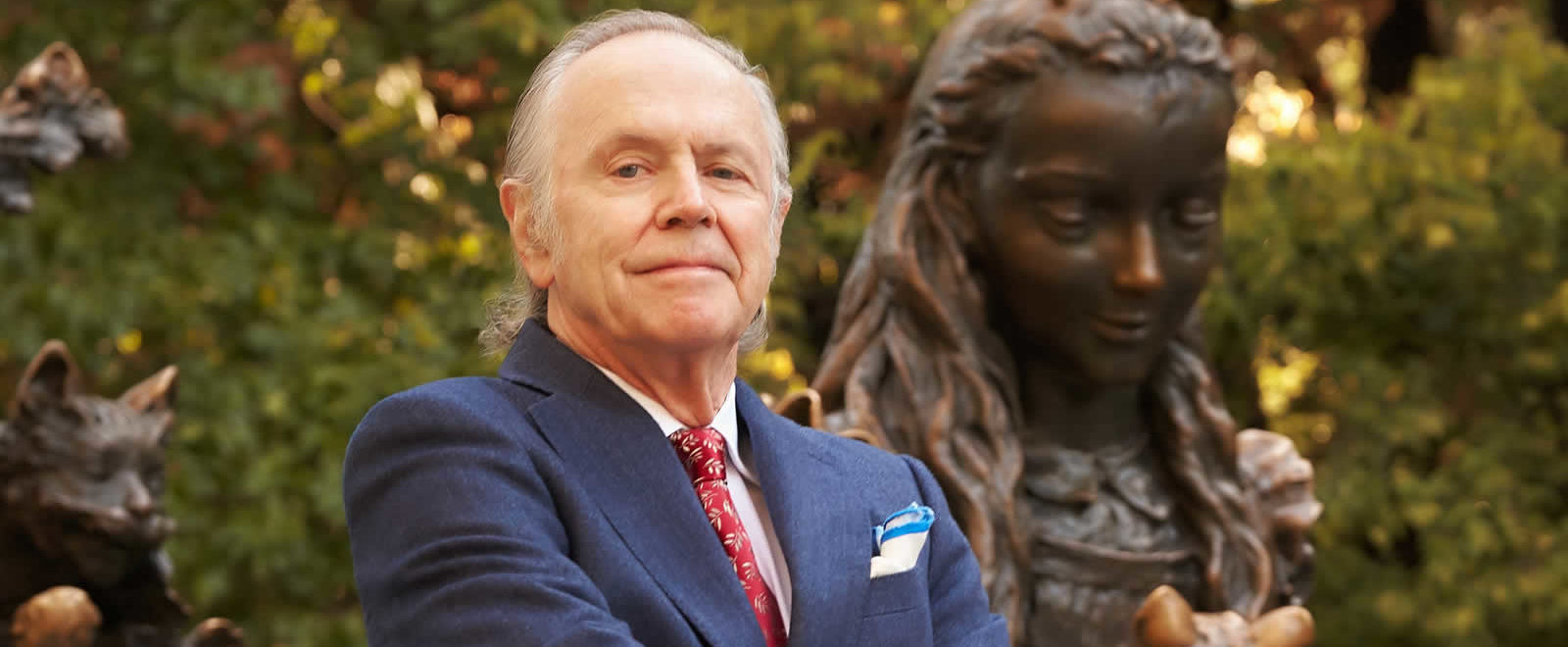ROBERT FORBES’ ANIMATION ART COLLECTION CONSIDERED ONE OF THE FINEST IN PRIVATE HANDS
By David Seideman
Forty years ago, Bob Forbes was strolling down 3rd Avenue in Manhattan when he bumped into a man on the sidewalk selling authentic Porky Pig animation cels out of an old trunk for $5 apiece. Forbes couldn’t pull the money out of his wallet fast enough. Over the past four decades, the avid collector has traveled a long way from buying off the street.
EVENT
ANIMATION ART SIGNATURE® AUCTION 7216
Featuring Art from the Robert Forbes Collection
Dec. 13-15, 2019
Live: Beverly Hills, Calif.
Online: HA.com/7216a
INQUIRIES
Jim Lentz
214.409.1991
JimL@HA.com
The Robert Forbes Collection of animation art is being sold in a series of Heritage auctions, with the first scheduled for this December.
“This collection is one of the finest in private hands,” says Heritage Auctions animation art director Jim Lentz. “It is a collection of rare hand-painted production cels, animation production drawings, backgrounds and concept art and other animation art rarities. He has one of the best eyes in world and a knack for picking out key scenes from iconic films.”
In recent years, these works have exploded in popularity and value. Last June, Heritage set the all-time record for the highest-grossing animation art auction, surpassing $2 million. The biggest prize was the castle facade concept art for the “It’s a Small World” attraction at Disneyland parks and at the 1964 New York World’s Fair painted by the luminary Mary Blair. It fetched $66,000 against a $10,000 estimate. (As part of the Forbes Collection, Heritage will be offering a Blair painting of a Venice scene from the same attraction in addition to two other Disney works by her.)
Enlarge
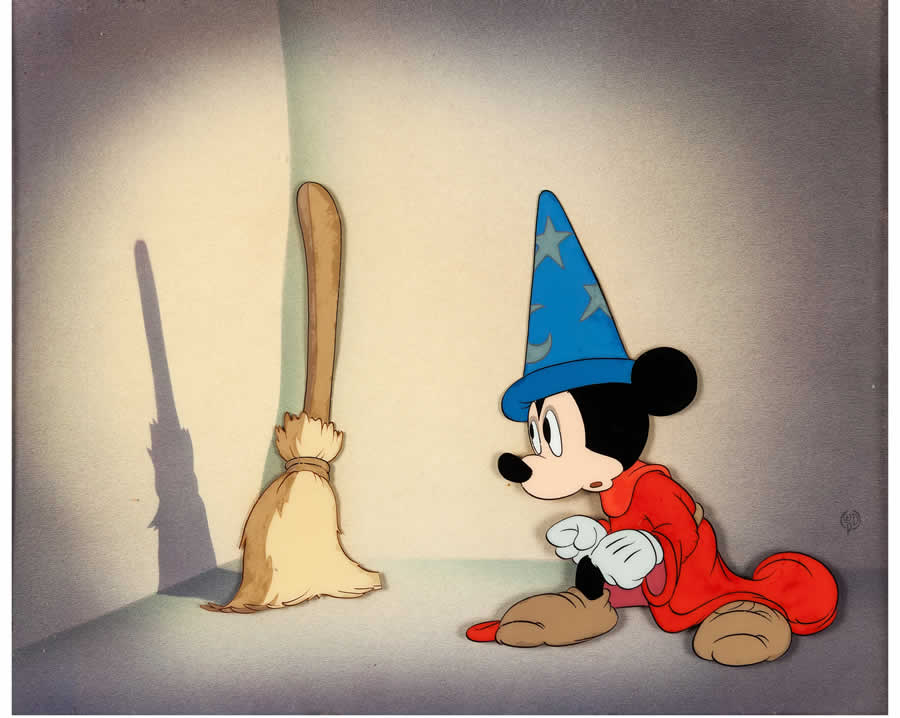
“The demand for animation art seems to be growing as people are recognizing the sheer talent, beauty and effort it took to make these hand-drawn classic films and iconic television shows,” Lentz says. “Recent live-action films based on classic Disney animated films [Cinderella, Maleficent, Jungle Book, Mary Poppins, Dumbo and Lion King] have stimulated the demand for artwork that created these films. New Scooby Doo as well as Bugs Bunny and Daffy Duck cartoons also are helping revive the demand of this great American art form. Even MeTV just added the original Flintstones to their regular line up.”
Of the 154 eye-popping pieces in the Forbes Collection, the top three are all Disney, according to Lentz: A rare hand-inked, hand-painted production cel of Mickey Mouse from his most iconic role as the Sorcerer’s Apprentice in the 1940 animated film Fantasia; an iconic production cel of Pinocchio in a meeting with the Blue Fairy from the 1940 film; and an original hand-inked, hand-painted cel of the Old Hag by her cauldron from 1937’s Snow White and the Seven Dwarfs.
More Than Cartoons
Forbes is a pioneer for recognizing these masterpieces before others did. “Because it’s popular culture, it was easily dismissed as cartoons or just Disney,” he says. “Some of the greatest illustrators worked for Disney and Warner Brothers. You quickly realize these are very much works of art.’’ And works of humor, too. Heritage is selling two rarities: a 1962 Hanna-Barbera color model cel of the entire Jetson Family – George, Jane, Judy, Elroy and Astro – and a hand-inked, hand-painted cel of Dudley Do-Right with Nell and Horse, signed by the late creator and producer Jay Ward.
Enlarge

The genial, dapper Forbes laughed at a posh Manhattan bar overlooking Central Park recalling these wonderful comedy cartoons of his youth, which catered to young and old audiences alike. “Even today, they are topical and hilarious,” Forbes says. “It’s about the human condition. The lessons are universal.” (His favorite cartoon characters, Boris Badenov and Natasha Fatale, are from The Bullwinkle Show.)
Following his heart, Forbes, 70, is the author of three illustrated books of poetry for children and is on the verge of shopping a middle-grade school novel set in Rome about feral cats. After a full-time career in the family business, Forbes Media, he had no intention of writing children’s books, he says.
His current avocation is a natural offshoot of his passion for art catering to young audiences. “Imagination is the key to it all,” he says. “Children lose it and the chance to get to play. In order to do that, a kid has to get a little bored. They’re not allowed to get bored anymore.”
Enlarge
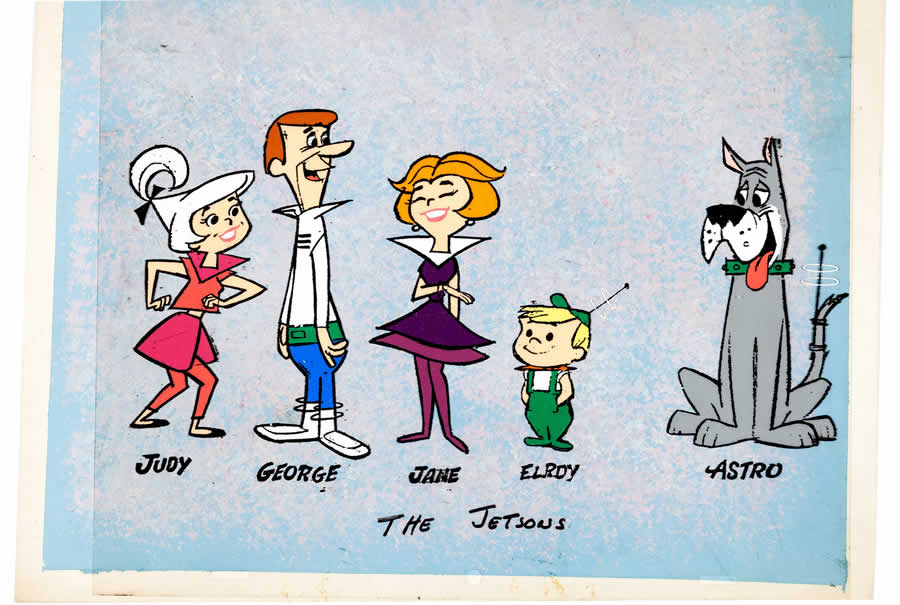
Animation art has afforded Forbes a fun way to recapture his happy childhood. “Snow White was the first film I ever saw, at a local theater called the Liberty in Bernardsville, New Jersey,” he says. “It has a very nostalgic sense to me.” Collecting is in his blood. Like many children, he first got the collecting bug accumulating Lincoln and Indian Head cents, often sorting through rolls of pennies from the bank. Robert’s older brother Steve, a two-time presidential candidate and current editor-in-chief of Forbes magazine, owns an extensive collection of Winston Churchill papers, books and ephemera.
Enlarge
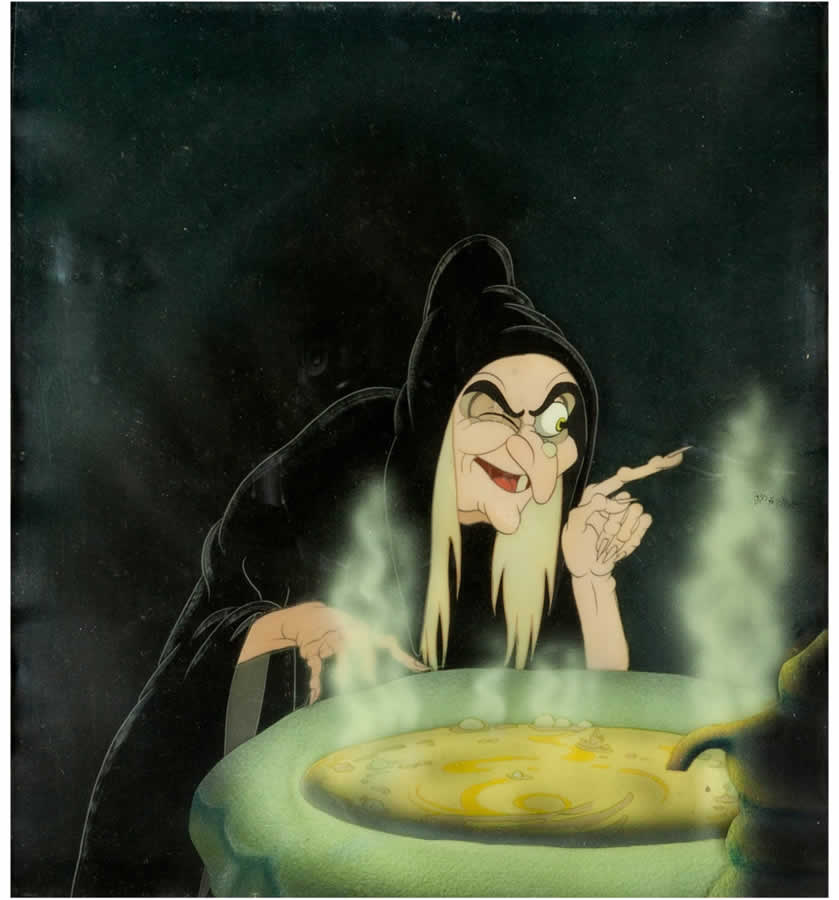
‘Try One. Live With It’
Robert’s father, publishing mogul Malcolm, oversaw the Forbes Galleries housed within the Forbes Building in downtown Manhattan from around 1980 through 2014. The exhibit’s Faberge Eggs and 12,000 toy soldiers drew visitors from around the world. Robert focused on acquiring and researching the armada of 500 toy ships and presidential autographs. He also loved giving tours to advertisers and groups of tourists, and bonded with his father on antique-hunting trips to London, where Malcolm had a house and the bounty of toy soldiers at shops renewed his own childhood.
Robert eventually reveled in the chase for animation art through auctions and dealers. His advice is to do plenty of research. Excellent books about the history and production of animated films abound.
Enlarge
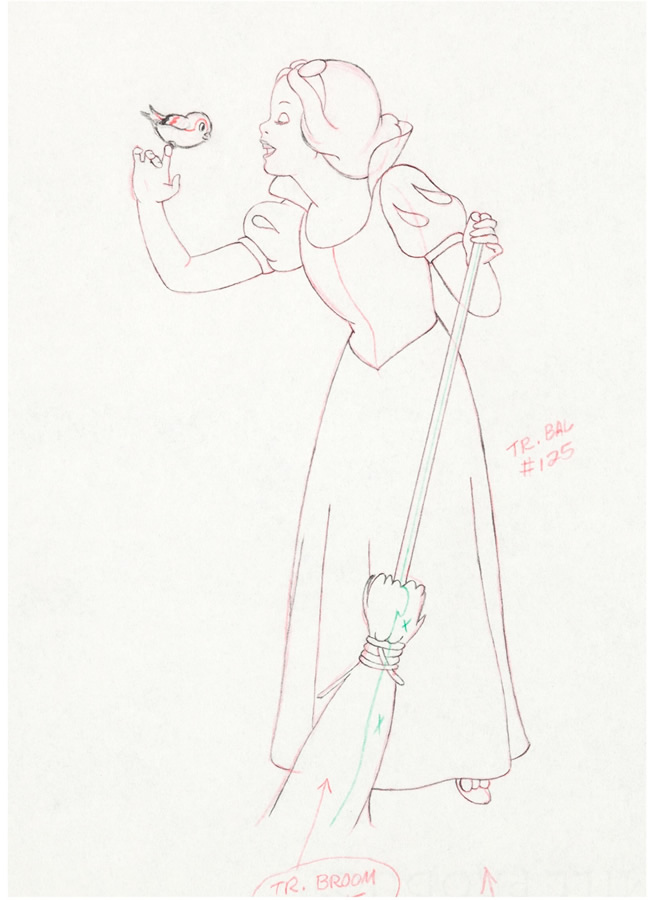
Like any seasoned collector, he harbors his share of regrets. For example, he missed out on a stellar Mary Blair illustration of the Cheshire Cat from Alice in Wonderland and a scene from Steamboat Willie, which marked Mickey and Minnie’s debut. “Auctions can get you fevered,” he explains. “You can’t just say ‘Yes’ to everything. You have to set certain limits.”
His first rule is to buy what you like: “Try one on. Live with it. See if it moves you. When it stops moving you, then it’s time to move along.”
Some of the animation art that still moves him will remain in his possession, including the $5 Porky Pigs (now worth a few thousand dollars apiece) and a classic cel of the queen looking in the mirror from Snow White.
Forbes was asked if his collecting days were over because, as is often the case at certain stages of life, collectors prefer not to burden their children with the task of eventually selling. “Oh, no!” he declared. “Oh, no! Any more than I can retire from writing. Once you start, you don’t stop!”
Enlarge

Six years ago, he sold his valuable photography collection, which included original prints from Irving Penn. He funneled the money into the acquisition of more animation art. “I realized that now I can go onto some other stuff,” he says. “I’ve decided that by deaccessioning, maybe I can accession into the future. I’ll see if this will free up some cash and where it leads.”
Enlarge

Today, he’s shifting his attention to the golden age of children’s illustrations, a smooth progression from his book writing. Legendary artists N.C. Wyeth and Mayfield Parrish are on his want list. So, too, is Norman Rockwell, if it doesn’t break the bank. In either case, he plans to be guided by the same principles behind his animation art: “As a kid, you just get drawn in.”
DAVID SEIDEMAN writes about collectibles as a senior contributor to Forbes. His work has also appeared in Time and Sports Illustrated.
This article appears in the Winter 2019-2020 edition of The Intelligent Collector magazine. Click here to subscribe to the print edition.

